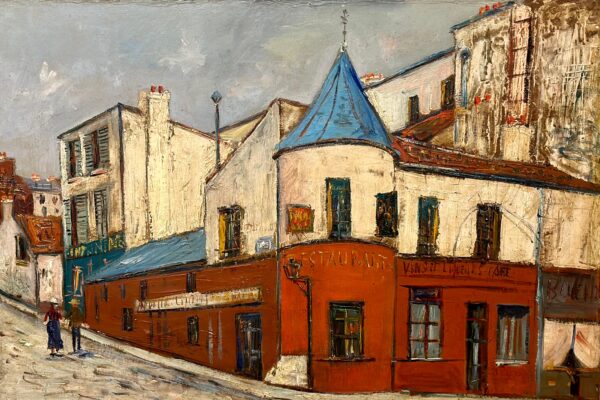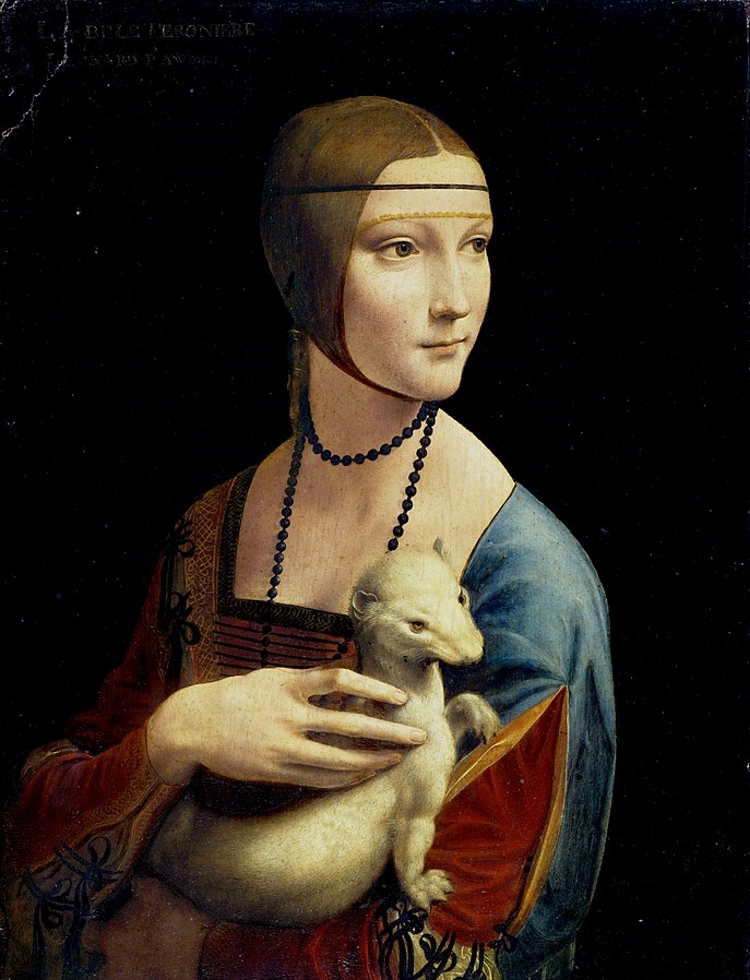
Elevated to divine status, unicorns, lions, eagles and the occasional white rabbit are the loved and familiar characters in our romantic bestiaries, but the little weasel has never managed to secure such a position. Always wild, always wayward, it was the ideal material for folklore and fable. Early Macedonian culture saw them as a good omen, while only a few miles south in Ancient Greece, the weasel was regarded with suspicion. A weasel crossing your path as an expectant woman was considered very bad luck and would feed myths around human fertility through the ages, sometimes as a curse, often as a lesson in morality, occasionally as a blessing. “These creatures often appear in Renaissance portraits of high-ranking noblewomen,” points out art historian Dr. Chelsea Nichols, who noticed the clues hiding in plain sight, unveiling “a fascinating language of sexual symbolism”.
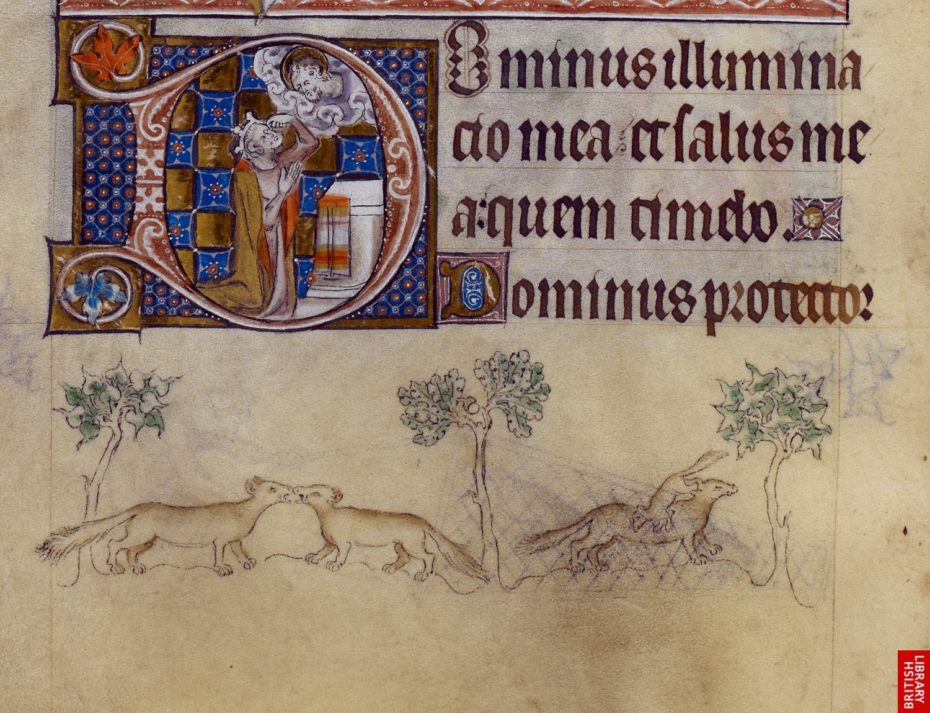
For the longest time, we had some pretty strange ideas about weasels. Despite its ermine coat being so coveted, the animal’s misunderstood reproductive behaviour were so reviled that for centuries it provided the fuel for tales of immorality and deviance. First of all, you should know that the female weasel, called ‘Jills’ undergoes an embryonic diapause, meaning the embryo does not necessarily immediately implant itself in the womb and can lie dormant for 10 months. A second season, with a different mate, can then trigger the gestation of the first fertilization. In other words, weasel litters can be multi fathered, and in extremely harsh conditions, embryos can even be ‘recalled’. The young are born tiny, blind, deaf and toothless and are often carried about from den to den in the mother’s mouth. Thus, from the earliest times, the Jills were rumoured to have given birth through the mouth and in a bizarre logic, of having conceived through the ear. This misunderstood sexual behaviour fuelled religious dogma and early Christian teachings used the weasel’s sexual behaviour as fear-mongering tools to discourage and warn of ‘dangerous, ungodly’ oral sex practices resulting in birth through the mouth.
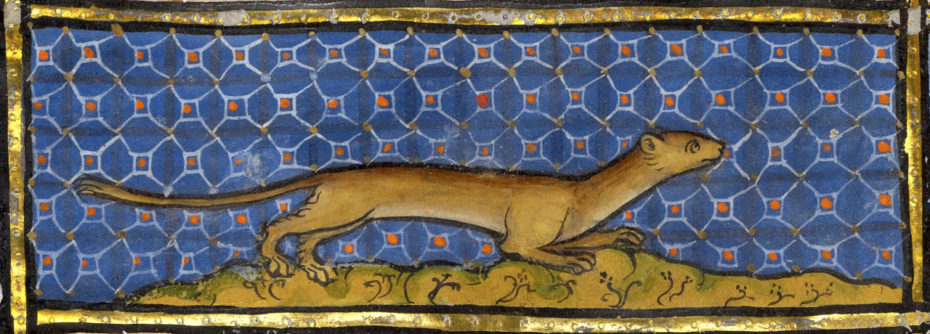
To the ancient Celts, the weasel would carry the souls of the dead, in Russian folklore, the stoat, or short-tailed weasel, was a representation of desirable young women, while the Zoroastrians considered it sacred. Perhaps the most enduring myth was that of its ermine white pelt, where legend states the stoat would rather die than have its coat soiled, an attribute of purity and sacrifice.
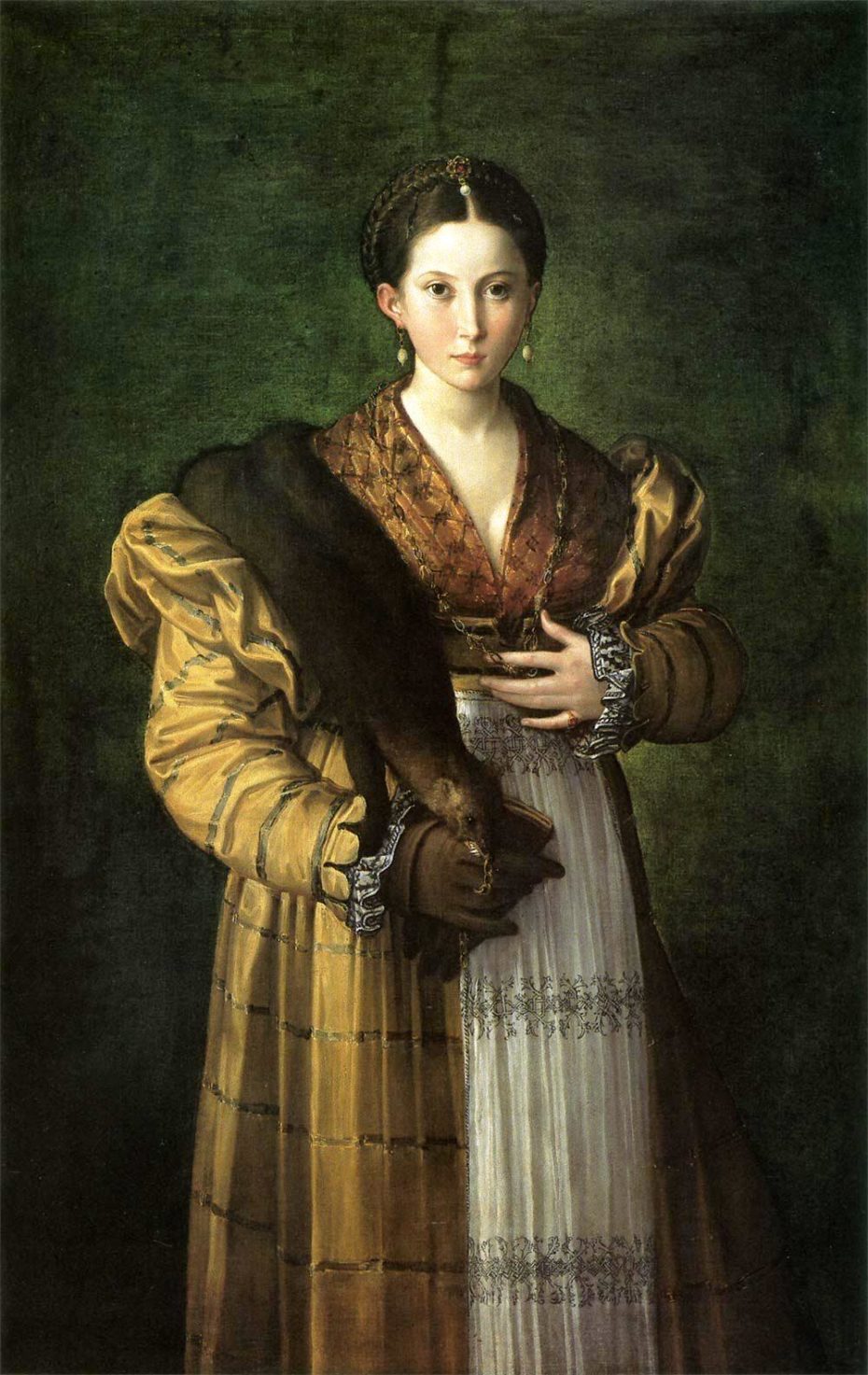
Come the Renaissance, and the weasel, its old sordid tales of perverse sexuality put aside, was now promoted to the status of a talisman for newly married, soon-to-be-pregnant women. “This ‘miraculous’ method of conception was thought to parallel the Annunciation of Christ, who was conceived when God’s angel whispered into the ear of the Virgin Mary”, explains Dr Chelsea Nichols. The parenting success of the weasel was now to be admired and women wore weasel-skin to bring them similar family ‘luck’. And in a world without epidural and modern medicine, the weasel’s skin was also believed to help childbirth go a little more smoothly. These ‘must have accessories’ for a successful pregnancy soon found their way into the aristocratic portraiture of the day.
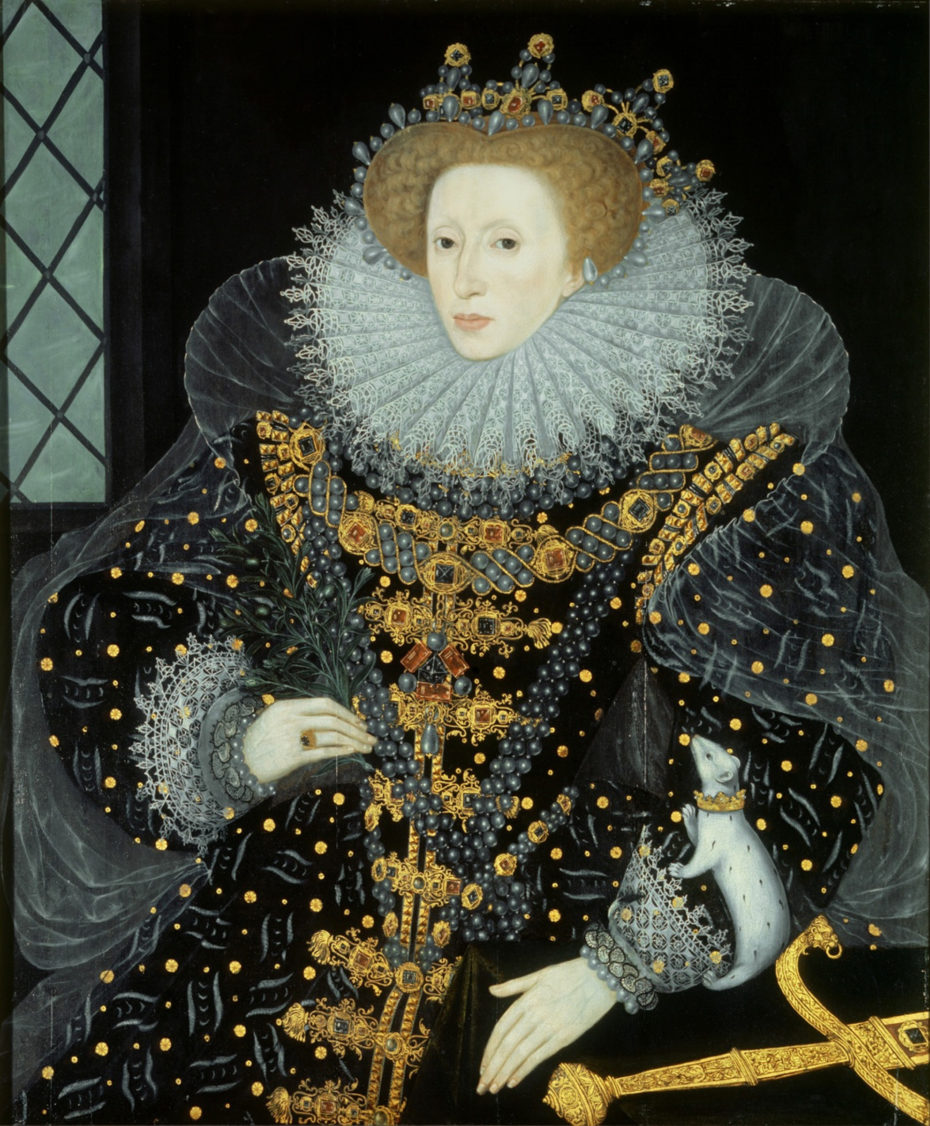
The lavish oil painted portraits of the grand European women of the 16th century often include a representation of a weasel, usually with the sitter wearing its fur and occasionally, holding the living creature. The 1585 portrait of English Queen Elizabeth I by Nicholas Hilliard shows a badge-like ermine applied to her sleeve, likely to celebrate Elizabeth’s royal and spiritual purity, a pristine virgin queen.
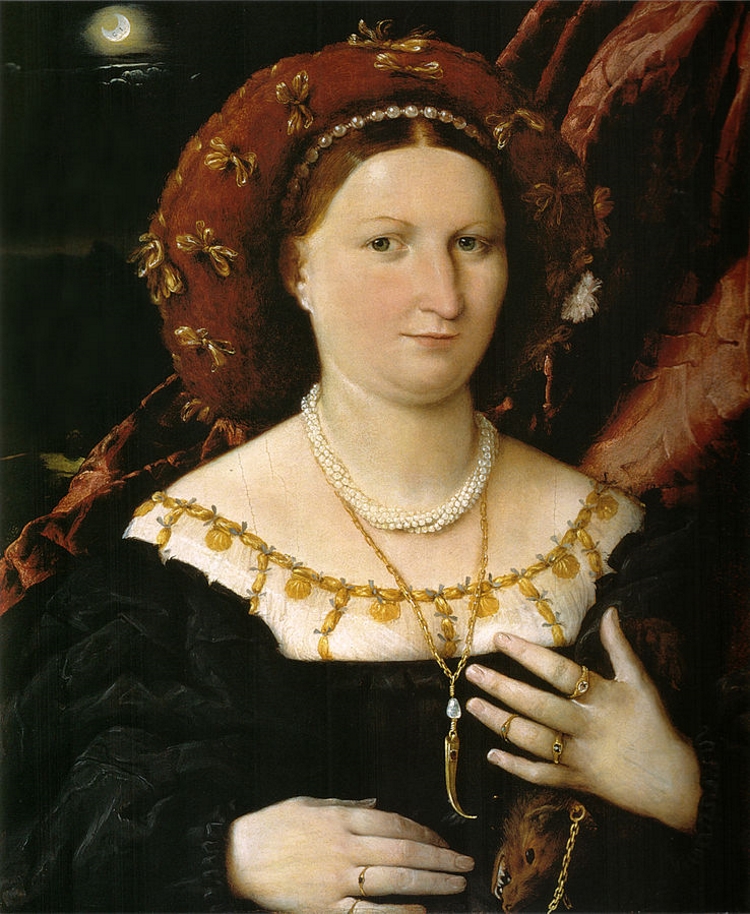
“With their long, powerful bodies and connection with fertility, weasels are also sometimes associated with other phallic imagery in Renaissance paintings” notes Dr. Nichols in considering two 16th century his & hers portraits that were intended to hang side by side…
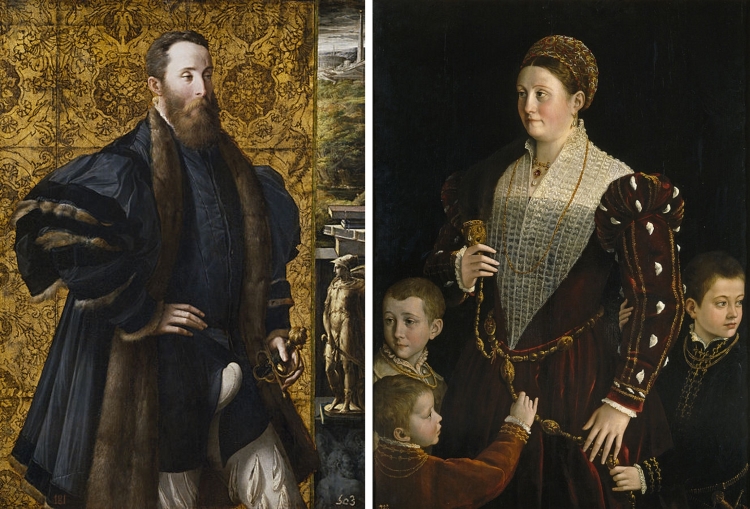
“In his portrait, the prominent codpiece and a strategically-placed sword handle are intended to be seen as tributes to his masculinity and the strength of his family line. [She] gazes proudly at her husband, surrounded by the sons he has successfully sired, while stroking her jeweled weasel pelt. The son on the left stares straight at his father’s codpiece with a strange expression on his face.” Nichols wonders if he is not “perhaps pondering the ideals of masculinity he would be expected to live up to?”
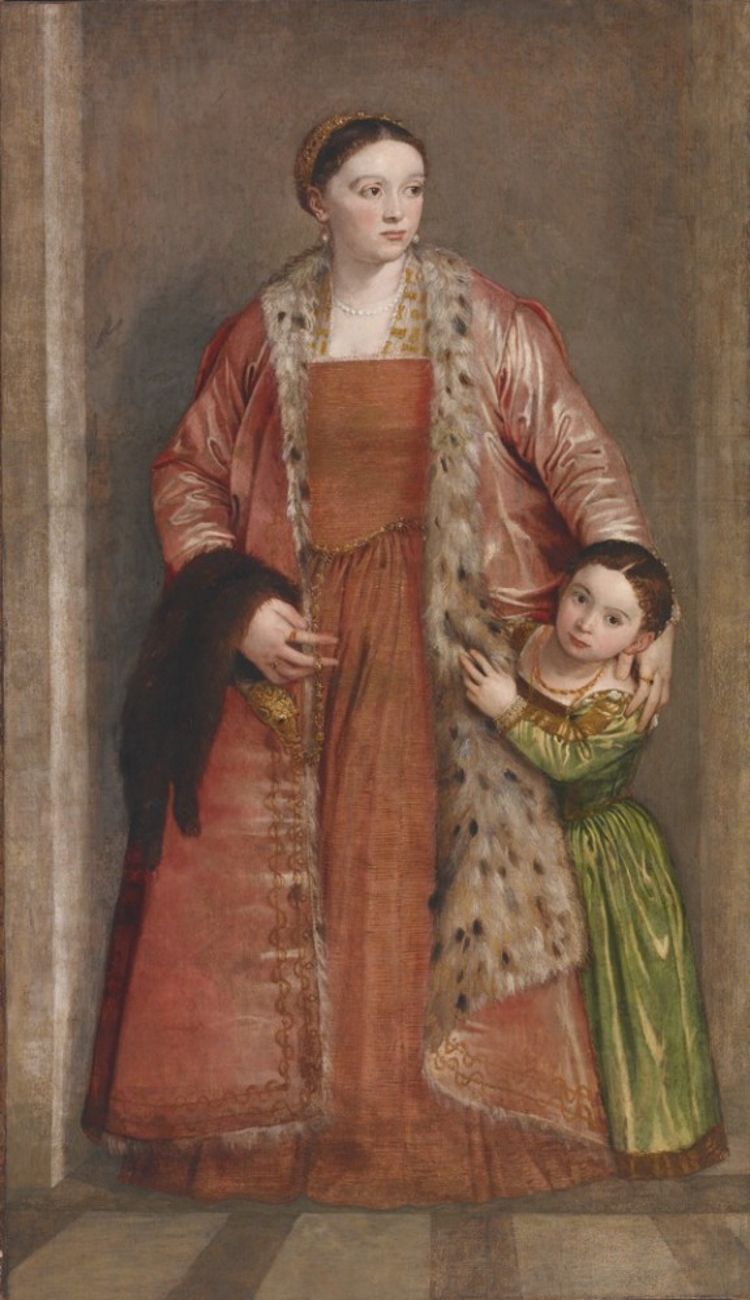
The most famous weasel in portraiture is that of Leonardo da Vinci’s Lady with an Ermine (1490). In this masterpiece the weasel, in full ermine dress, is centre stage and is unmistakably the subject of the painting. Looking more like an heroic god, the weasel is large, overly muscular, perfectly white , grinning intelligently and radiates an altogether aristocratic air. Leonardo’s weasel is not just a weasel, it’s bringing all the legendary attributes of the weasel to the composition.
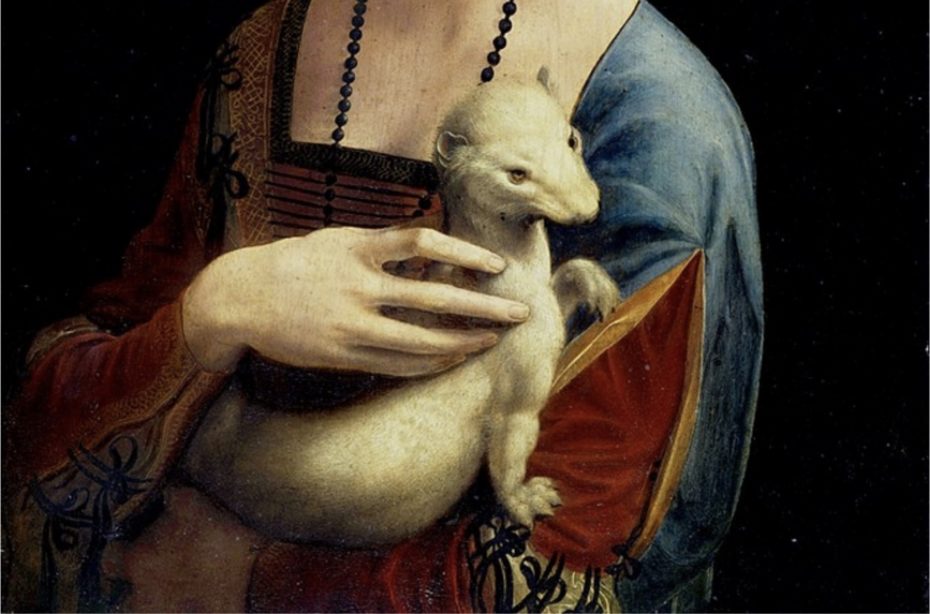
It is also an allegorical rendition of the partner of the now-pregnant young girl, Cecilia Gallerani, whose face and shoulders fill the rest of the painting. The girl lovingly holds and caresses the muscular animal, who is in fact her metamorphosised lover, Ludovico Sforza, the Duke of Milan, who commissioned the painting.
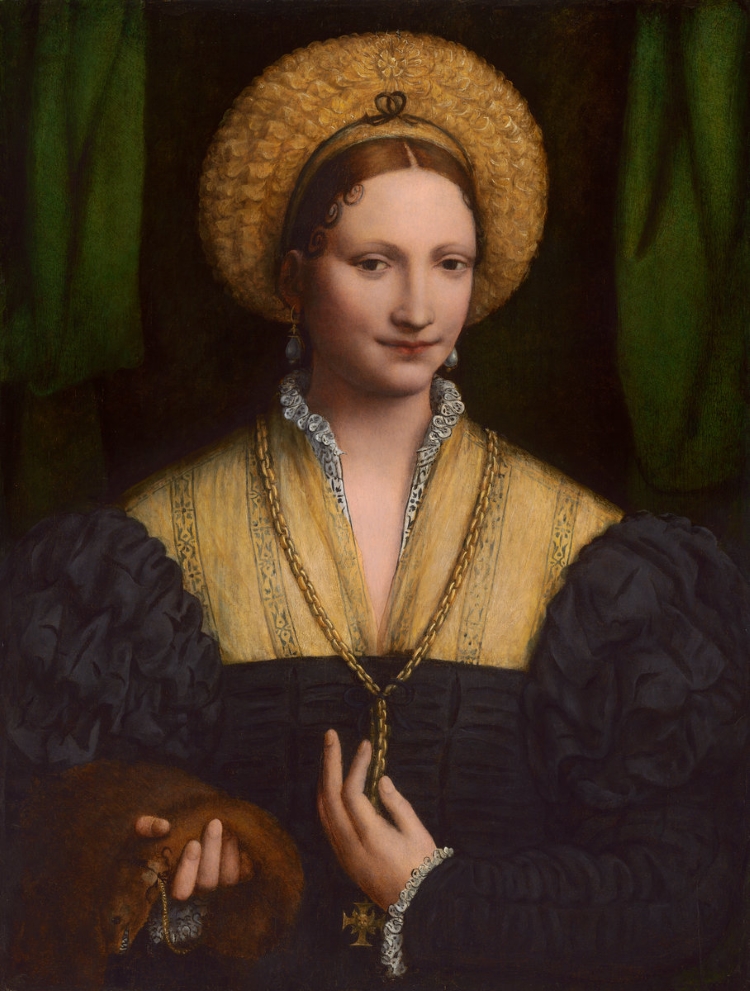
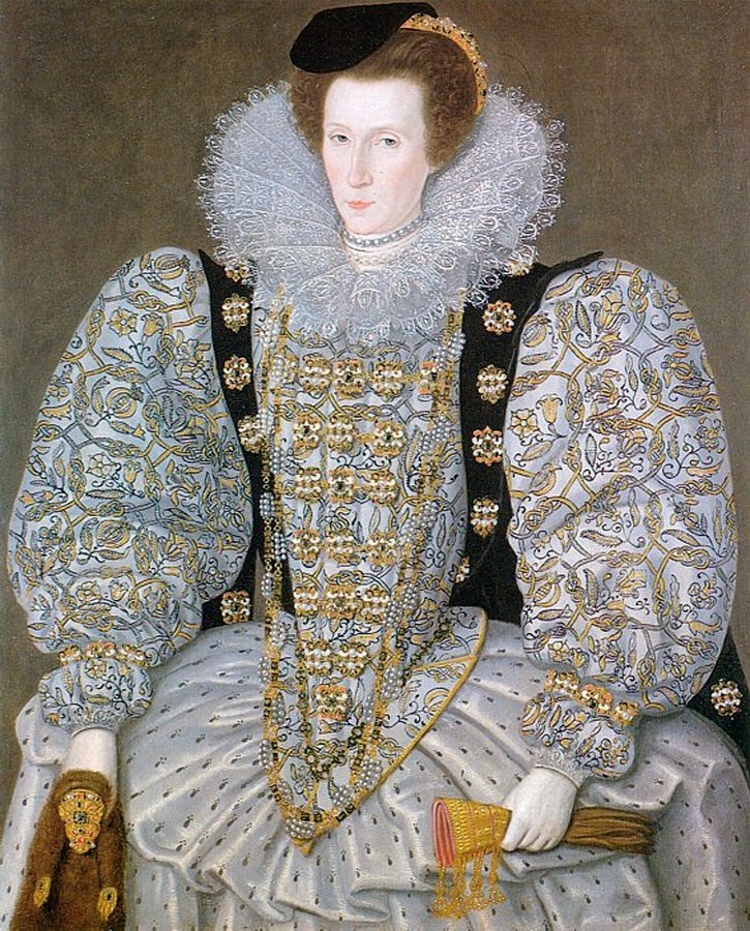
Despite such lofty achievement in the art of the Renaissance, the weasel could not escape its past. Even though weasels were rumoured to hunt the mythical ‘evil’ basilisks (snake-like flying dragons), they were still regarded as pests, if not vermin. Shakespeare’s play As you like It in 1600 gives us “I can suck melancholy out of a song, as a weasel sucks eggs”. The use of the term ‘weasel words’, with inferences of deceit, dishonesty and downright wickedness, are still with us today. Kenneth Graham’s influential children’s novel, The Wind in the Willows published in 1908, then portrayed weasels as bandits and villains, the conquerors of Toad Hall. Seemingly retired from contemporary culture, the weasel has returned to its role as a farmyard pest. Gone is the slinky sexual allegory, gone is the ermine royal robing, gone is the fertility talisman. Now, occasionally seen darting through rural hedgerows and scurrying over country farm-tracks – sometimes red, sometimes white – perhaps this mysterious little hunter awaits its next reincarnation in modern meme culture.
Find more of Dr. Chelsea Nichols’ theories on the sexy weasel here.







